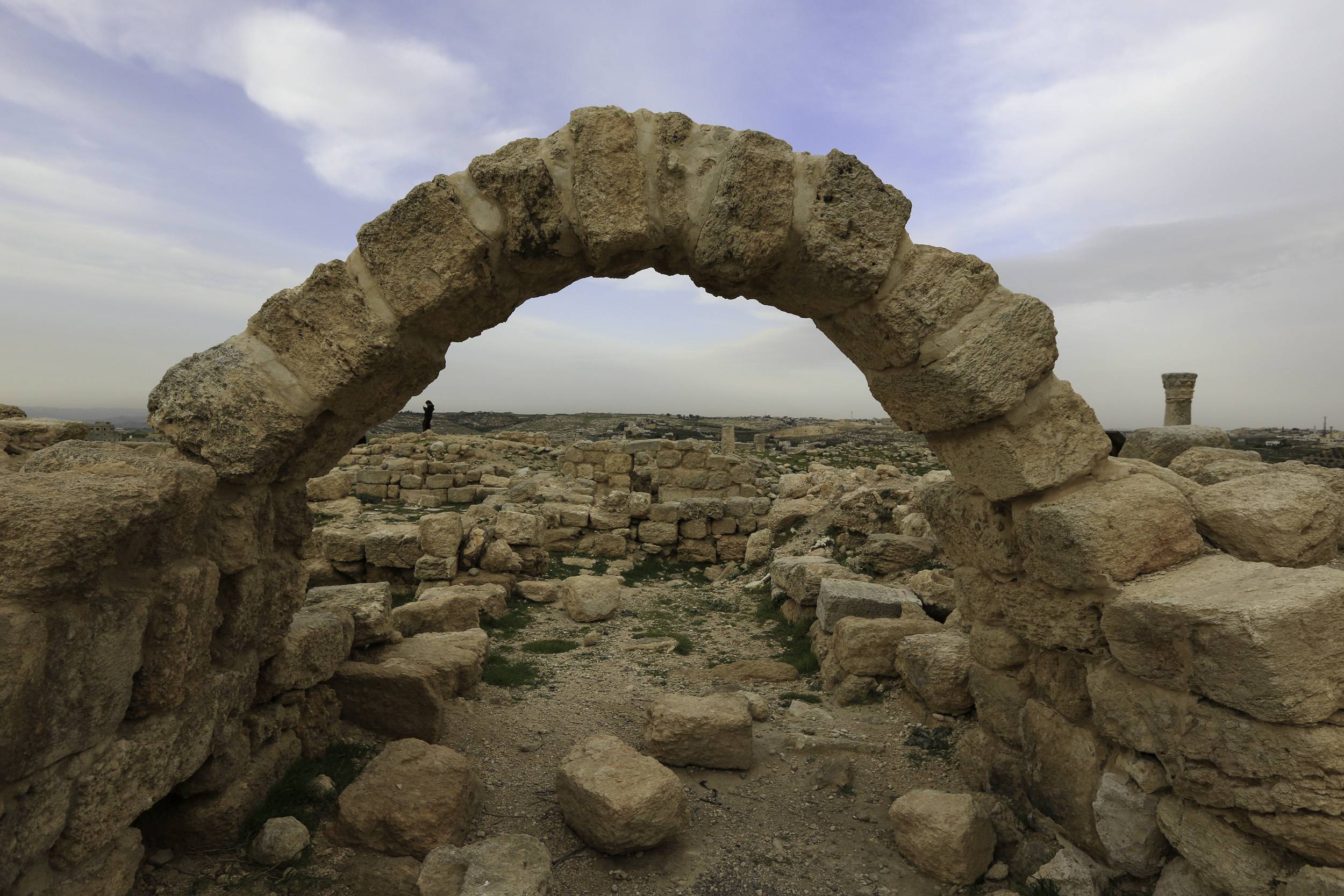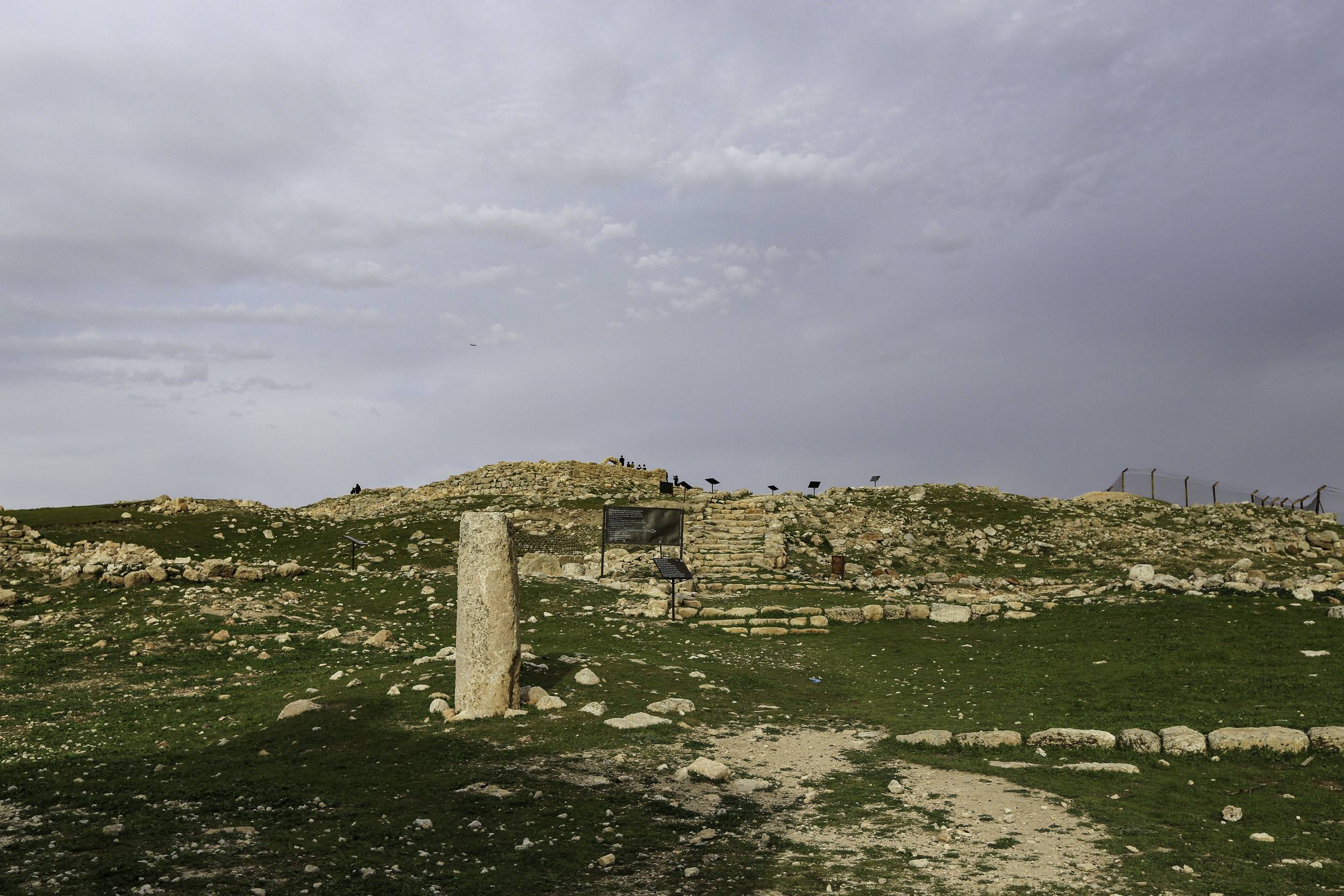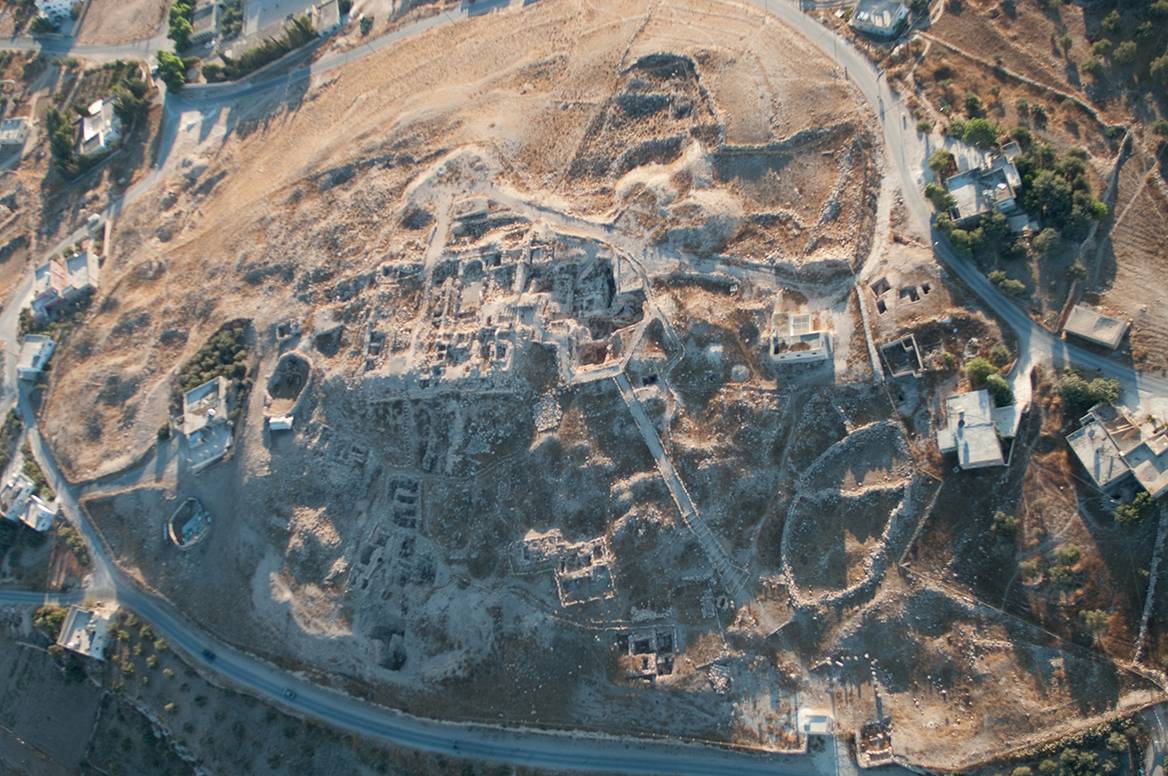The Archaeological Significance of Tell Hisban
Tell Hisban (Tall Hisban), historically known as Hishbon and referred to as Esbus during the Graeco-Roman period, is a site of considerable archaeological and historical importance located 10 km north of Madaba and 20 km southwest of Amman, Jordan. This ancient site boasts a rich history of settlement that spans from the early Iron Age (circa 1200 BC) to the late Ottoman period. Its strategic position on a mound offers commanding views of the Madaba Plains and the northeastern end of the Dead Sea, making it a significant location throughout history.
Get your dose of History via Email
Byzantine and Umayyad Periods
During the Byzantine period, Tell Hisban became the seat of a bishopric, with its bishops attending the ecclesiastical councils of Nicaea (AD 325), Ephesus (AD 341), and Chalcedon (AD 451). A notable figure, ‘Bishop Theodore,’ is known to have been present at Esbus in AD 650. The city’s importance continued into the Umayyad period (AD 661–750), as evidenced by its mention in the mosaic pavements of churches at Ma`in (AD 720) and St Stephen’s Church at Umm al–Rasas (AD 718). In the early 9th century, it served as a stronghold for Sa’id ibn Khalid al-Fudayni, an Umayyad descendant, during his rebellion against the Abbasids.

Mamluk Period
Archaeological excavations have revealed that after a period of abandonment from the late 9th century, Tell Hisban was re-occupied and flourished during the Mamluk period (AD 1250–1517), particularly in the 14th century. The site served as the capital of al-Balqa at times, benefiting from its agricultural potential and administrative significance. Excavations uncovered a citadel, the residence of the local governor, a small bath complex, and a storeroom containing pottery vessels, among other findings.

Excavation Phases and Objectives
The first phase of excavations, known as the ‘Heshbon Expedition’ (1968-1976), aimed to identify Tell Hisban as biblical Heshbon. After a hiatus, excavations resumed in 1996 under the Hisban Cultural Heritage Project, with objectives including empowering the host community and adopting a more inclusive approach to narrating the site’s history. The project also focuses on learning more from what is excavated through the latest techniques.

Early Iron Age to the Late Iron Age
The earliest excavated strata at Tell Hisban date back to the Early Iron Age (circa 1250 – 900 BC), revealing a defensive moat and the remains of a fledgling agricultural village. The site saw growth and prosperity throughout this period, with the addition of a massive water reservoir. The ascent of the Ammonites and Moabites in the region during the 7th and 6th centuries BC gave new life to Tell Hisban, likely serving as a citadel and a way station along the King’s Highway. However, the town met a violent end in the 5th century BC and was abandoned for nearly three centuries.

Conclusion
Tell Hisban’s extensive history, from its early Iron Age origins to its significance during the Byzantine, Umayyad, and Mamluk periods, underscores its importance in the archaeological and historical landscape of Jordan. Ongoing excavations and research continue to shed light on the lives of its past inhabitants and the site’s role in the broader historical context of the region.
Sources:
Ancient Near East
Jordan Times
Islamic Art

